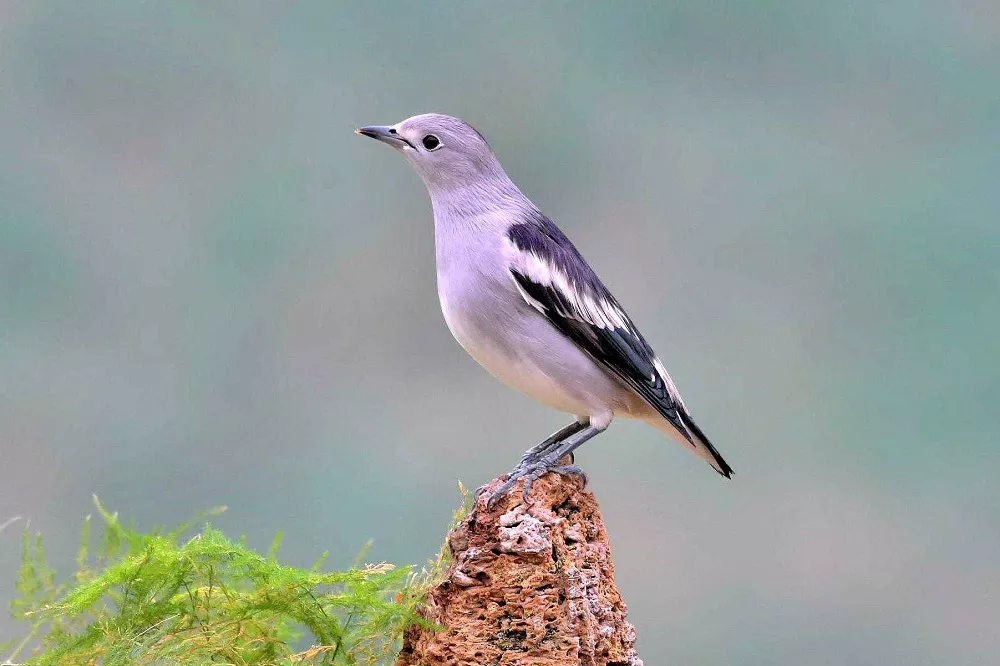The Daurian Starling, also known as the Purple-backed Starling, is a species of bird belonging to the Sturnidae family. These birds are native to eastern Asia and are widely distributed in regions such as Mongolia, China, Japan, and Korea.
- Appearance:
Daurian Starlings are relatively small birds, measuring approximately 20-25 cm in length and weighing around 70-90 grams. The males and females look very similar, with both sexes featuring a glossy black head, neck, and wings. The distinguishing feature of the Daurian Starling is its striking, iridescent purple-colored back, which is offset by a contrasting white belly. The eyes of the Daurian Starling are a deep brown, and the bill is yellow.
- Habitat and Diet:
Daurian Starlings are generally found in open woodland and forested areas, but they are also known to inhabit urban areas such as parks and gardens. They are omnivores and feed on a variety of foods, including insects, fruit, and seeds.
- Breeding:
Daurian Starlings breed during the spring and summer months. They typically nest in tree cavities or crevices, and both males and females take part in building the nest. The female lays a clutch of 4-5 eggs, which are incubated by both parents for around two weeks. After hatching, the chicks are fed by both parents until they are ready to leave the nest at around three weeks of age.
- Behavior:
Daurian Starlings are known for their highly social behavior and are often seen in flocks of up to several hundred individuals outside of the breeding season. During the breeding season, however, they tend to form smaller family groups. They are vocal birds and produce a variety of calls, including whistles, chirps, and rattles.
- Conservation Status:
The Daurian Starling is classified as a species of least concern by the International Union for Conservation of Nature (IUCN). The species has a large range and a stable population, and there are currently no major threats to their survival.
In conclusion, the Daurian Starling is a beautiful and interesting bird species that is widely distributed throughout eastern Asia. With their distinctive purple-backed plumage and highly social behavior, they are a favorite among birdwatchers and nature enthusiasts. Despite being relatively common and not currently threatened, it is still important to appreciate and protect these birds and their habitats for future generations to enjoy.


 Facebook
Facebook  Instagram
Instagram  Youtube
Youtube 